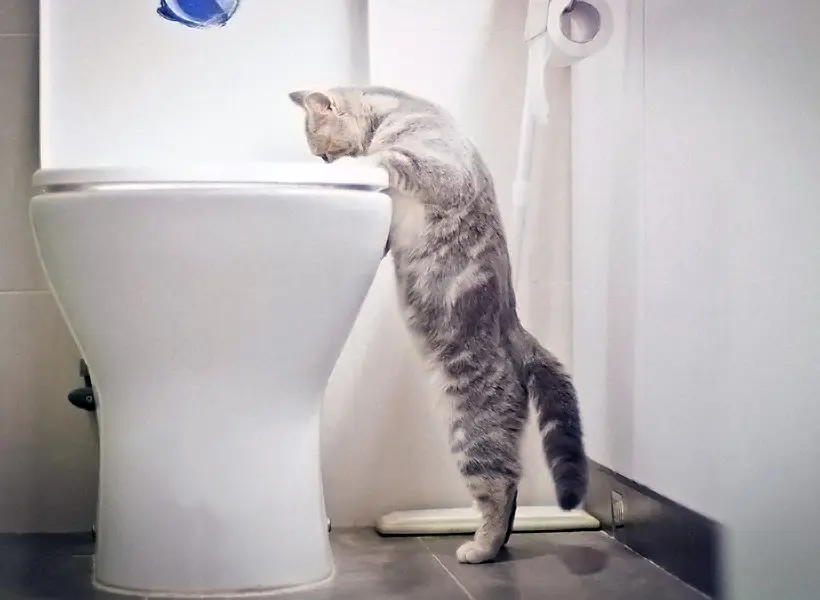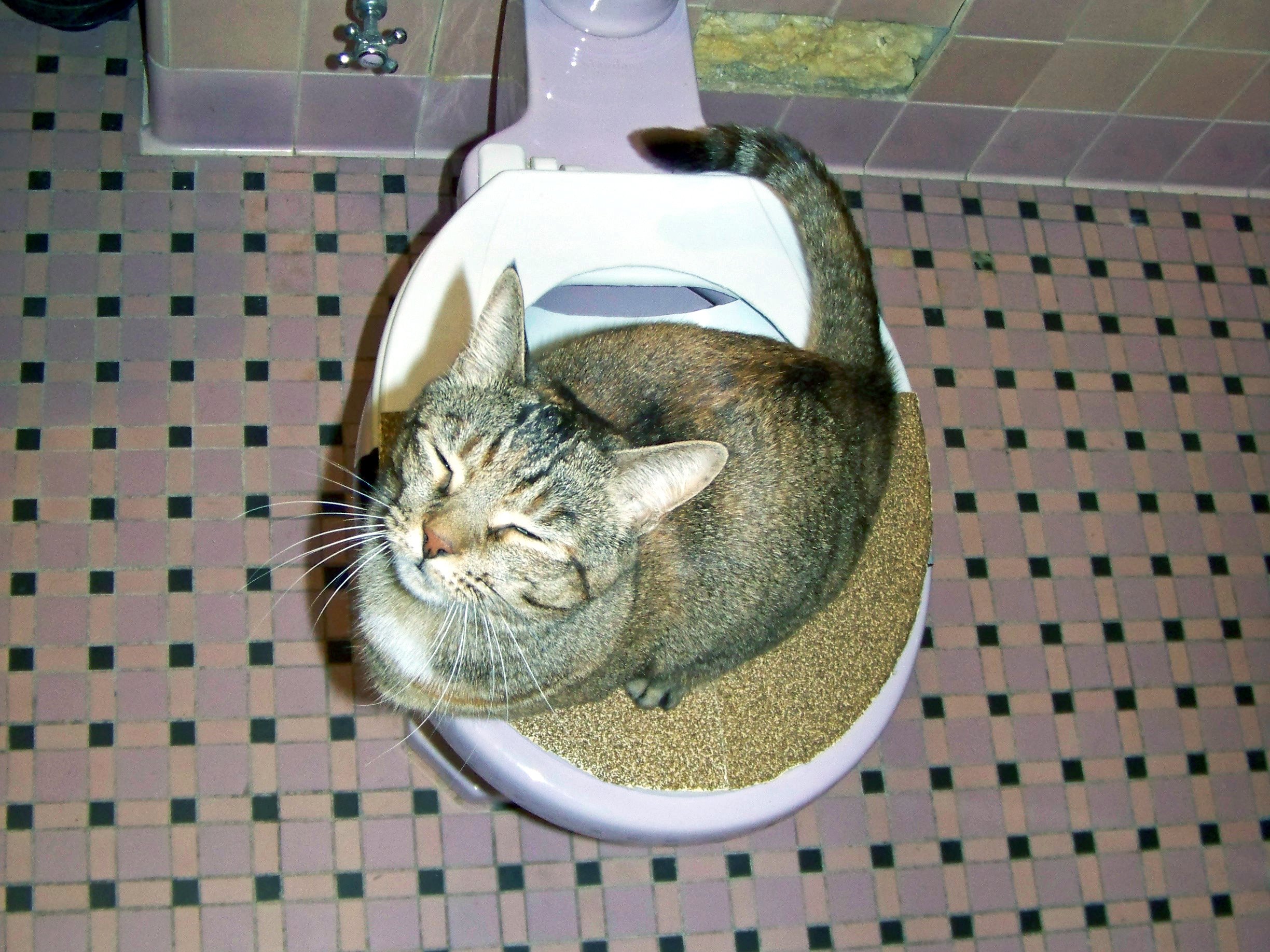An Significance of Proper Disposal of Animal Waste
An Significance of Proper Disposal of Animal Waste
Blog Article
Just how do you actually feel in regards to 10 Things You Should Never Flush Down The Toilet?

When it concerns disposing of waste, particularly animal waste, many individuals frequently turn to the hassle-free choice of flushing it down the toilet. Nonetheless, this seemingly very easy service can have significant consequences for the setting and public health. In this article, we'll check out why flushing pet waste down the toilet is a poor concept and provide alternative techniques for correct disposal.
Introduction
Proper waste disposal is critical for maintaining environmental sustainability and public health. While it might appear safe to purge animal waste down the toilet, it can lead to numerous issues, both for the environment and human wellness.
Threats of flushing animal waste
Environmental influence
Flushing pet waste presents hazardous microorganisms and virus right into waterways, which can negatively affect marine ecosystems. These microorganisms can infect water sources and injury aquatic life, interfering with fragile ecological communities.
Public health problems
Pet waste consists of unsafe microorganisms such as E. coli and Salmonella, which can posture severe wellness risks to humans. Flushing pet waste down the toilet can pollute water products, resulting in the spread of illness and infections.
Alternatives to flushing
Rather than flushing pet waste down the bathroom, there are a number of alternative disposal methods that are much more eco-friendly and hygienic.
Composting
Composting pet waste is a green method to take care of it. By composting, raw material is broken down into nutrient-rich dirt, which can be made use of to feed gardens and plants.
Garbage dump disposal
Throwing away pet waste in a landfill is an additional option. While not as environmentally friendly as composting, it is a more secure option to flushing, as it protects against the contamination of water resources.
Family pet waste disposal systems
There are customized family pet garbage disposal systems available that securely and hygienically throw away animal waste. These systems commonly use enzymes to break down waste and eliminate smells.
Actions to proper animal waste disposal
To make certain correct disposal of pet waste, adhere to these actions:
Scooping and getting waste
Frequently scoop and bag pet waste making use of biodegradable bags. This prevents waste from contaminating the environment.
Making use of assigned waste bins
Dispose of bagged pet waste in designated waste containers, such as garden compost containers or land fill containers. Prevent flushing it down the commode at all costs.
Cleansing can and pet locations consistently
Regularly clean can and pet dog locations to avoid the buildup of waste and microorganisms. Use pet-safe cleansing products to maintain health.
Advantages of appropriate disposal approaches
Adopting proper disposal techniques for pet waste supplies a number of advantages:
Reduced environmental pollution
Proper disposal approaches decrease the danger of environmental pollution, securing waterways and communities from contamination
Lessened threat of water contamination.
By staying clear of flushing pet waste down the commode, the threat of water contamination is dramatically decreased, protecting public health.
Enhanced hygiene and health
Proper disposal techniques advertise much better hygiene and hygiene, producing a more secure environment for both people and pets.
Conclusion
Finally, flushing pet waste down the toilet is dangerous to the setting and public health. By read more adopting alternate disposal techniques and adhering to correct waste monitoring techniques, we can lessen the negative impact of animal waste and add to a cleaner, healthier world.
What To Do With Dog Poo – The Do's And Don'ts Of Disposing Of Faeces
Dog poo bins
Some councils provide dedicated dog waste bins in popular dog-walking areas that can take dog poo that has been bagged but you can legally dispose of dog waste in any public litter bin, as long as it is securely bagged. This also applies to your wheelie bin at home.
Do not flush
Water companies do not recommend flushing dog faeces down the toilet because certain parasites can survive the water processing treatment and are potentially harmful to humans. You should also never consider flushing dog poo that has been bagged down the toilet as the bags will not break down and instead create severe blockages in the sewage system.
In the woods
The Forestry Commission promotes a ‘stick and flick’ method for dealing with waste in the woods. This means finding a stick and using it to flick any poo from off the path so that it is out of the way of other walkers. You could also bury it as long as it is not in an area where there might be livestock.
Livestock
Parasites found in dog poo can be transmitted to livestock if they inadvertently eat infected faeces that has been left on grazing land. This could result in the death of sheep or abortion in cattle so you should always make sure you pick up your dog’s waste in fields where livestock could be present.

Regularly clean can and pet dog locations to avoid the buildup of waste and microorganisms. Use pet-safe cleansing products to maintain health.
Advantages of appropriate disposal approaches
Adopting proper disposal techniques for pet waste supplies a number of advantages:
Reduced environmental pollution
Proper disposal approaches decrease the danger of environmental pollution, securing waterways and communities from contamination
Lessened threat of water contamination.
By staying clear of flushing pet waste down the commode, the threat of water contamination is dramatically decreased, protecting public health.
Enhanced hygiene and health
Proper disposal techniques advertise much better hygiene and hygiene, producing a more secure environment for both people and pets.
Conclusion
Finally, flushing pet waste down the toilet is dangerous to the setting and public health. By read more adopting alternate disposal techniques and adhering to correct waste monitoring techniques, we can lessen the negative impact of animal waste and add to a cleaner, healthier world.
What To Do With Dog Poo – The Do's And Don'ts Of Disposing Of Faeces
Dog poo bins
Some councils provide dedicated dog waste bins in popular dog-walking areas that can take dog poo that has been bagged but you can legally dispose of dog waste in any public litter bin, as long as it is securely bagged. This also applies to your wheelie bin at home.
Do not flush
Water companies do not recommend flushing dog faeces down the toilet because certain parasites can survive the water processing treatment and are potentially harmful to humans. You should also never consider flushing dog poo that has been bagged down the toilet as the bags will not break down and instead create severe blockages in the sewage system.
In the woods
The Forestry Commission promotes a ‘stick and flick’ method for dealing with waste in the woods. This means finding a stick and using it to flick any poo from off the path so that it is out of the way of other walkers. You could also bury it as long as it is not in an area where there might be livestock.
Livestock
Parasites found in dog poo can be transmitted to livestock if they inadvertently eat infected faeces that has been left on grazing land. This could result in the death of sheep or abortion in cattle so you should always make sure you pick up your dog’s waste in fields where livestock could be present.

I have been very enthusiastic about Can You Flush Dog and Cat Poo Down the Toilet? and I hope you liked the new entry. For those who appreciated our blog entry kindly don't forget to share it. Thank you for your time invested reading it.
Book Now! Report this page